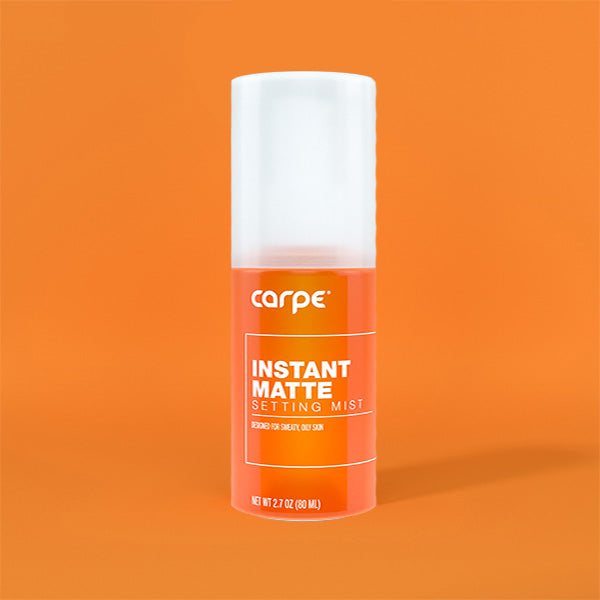About 25% of people with hyperhidrosis suffer from overactive sweat glands on both their hands and feet.[1] While there are several treatment modalities available, iontophoresis for palmar and plantar hyperhidrosis offers a relatively convenient and noninvasive treatment option. But, is iontophoresis really effective? Research says, that for the most part, it is.
The idea of using iontophoresis for the treatment of hyperhidrosis was first mentioned in medical texts in 1936. By 1952, a study on the efficacy of iontophoresis had been completed. This study found that 85% of the people in the study saw significant improvement after using tap water iontophoresis. The study was comprised of 113 participants who were given a simple galvanic device which allowed them to perform iontophoresis at home. This study demonstrated that iontophoresis could be effective when only tap water was used. That fact was important because it was done at a time when people were questioning the use of tap water for iontophoresis and trying to discover how to make iontophoresis more effective.[1]
More recent data also supports the use of iontophoresis. A study was conducted in 1989 in which patients were given either real or fake iontophoresis. After a median of 10 treatments, the participants who received real iontophoresis demonstrated an 81% reduction in sweat production when tested by a gravimeter (a tool used to measure the weight of the sweat a person produces).[1] An even more recent study, which took place in 2002, consisted of 112 patients who had palmar hyperhidrosis, also had promising results. It showed that sweating was reduced by 81.2% when compared to a patient’s baseline after eight treatments. The improvements were recorded 20 days after the last iontophoresis session and symptoms began to return 35 days after the last session.[1] These studies demonstrate that iontophoresis is quite effective in most patients, although iontophoresis must be continued regularly for results to last.
Studies have shown that iontophoresis is effective, but how does it work? Many doctors and scientists have asked that same question, and unfortunately, no one truly knows. Iontophoresis is defined as the introduction of an ionized substance through intact skin by the application of a direct current. It is currently thought that the action of iontophoresis effectively plugs sweat glands so that sweat cannot escape to the surface of the skin. This is the current belief because the effects of iontophoresis can be reversed by stripping cellophane tape over areas of “inactivated” sweat glands that were previously treated by iontophoresis. It is thought that the cellophane removes plugs formed by iontophoresis.[3] Some, however, disagree with the idea that sweat glands are mechanically plugged during iontophoresis. One research team looked at eccrine (sweat gland) cells from the palm of a patient both before and after receiving iontophoresis treatment. The team used light and electron microscopy to examine the cells and found no changes to them.[4]
Iontophoresis really does work, regardless of the fact that scientists are not sure why. It provides patients with a treatment option that is safe, effective, and cheap. If someone finds that tap water is ineffective, other substances can be added to make iontophoresis more effective. Many times, when a patient finds that iontophoresis isn't working it is because they don't know how to perform iontophoresis properly, or they need to make adjustments to their treatment. However, for some people, iontophoresis will not be the right answer. Some patients complain that iontophoresis makes their sweating worse but there have not been any current studies that corroborate this. Luckily, for those that do feel that iontophoresis increases their sweating it appears to be a temporary situation that usually improves over time if treatment is continued. If iontophoresis is not working for you, there are other options like botox for palmar and plantar hyperhidrosis and oral medications for hyperhidrosis that can help alleviate symptoms. For those with severe symptoms that don’t respond to other treatments, a type of surgical treatment for primary focal hyperhidrosis called endoscopic thoracic sympathectomy may be an option.
Sources
- Eze, N. M., Njoku, H. A., Eseadi, C., Akubue, B. N., Ezeanwu, B. A., Ugwu, U. C., & Ofuebe, J. I. (2017). Alcohol consumption and awareness of its effects on health among secondary school students in Nigeria. Medicine, 96(48). doi:10.1097/MD.0000000000008960
- Huddle, J. R. (2014). Hyperhidrosis: Causes, Treatment Options and Outcomes. New York, NY: Nova Science.
- Paton, A. (2005). Alcohol in the Body. British Medical Journal, 330, 85-87. doi:10.1136/bmj.330.7482.85
- Morozova, T. B., Mackay, T. F., & Anholt, R. R. (2014). Genetics and genomics of alcohol sensitivity. Molecular Genetics and Genomics, 289(3), 253-269. doi:10.1007/s00438-013-0808-y
- Skin Diseases and Conditions - Hyperhidrosis; Researchers from Umea University Detail Findings in Hyperhidrosis (Primary hyperhidrosis: Implications on symptoms, daily life, health and alcohol consumption when treated with botulinum toxin). (2016, October). Health and Medicine Week.






16790753702383.jpg?v=1679075372)

16790746985853.jpg?v=1679074700)


16790757289763.jpg?v=1679075731)










